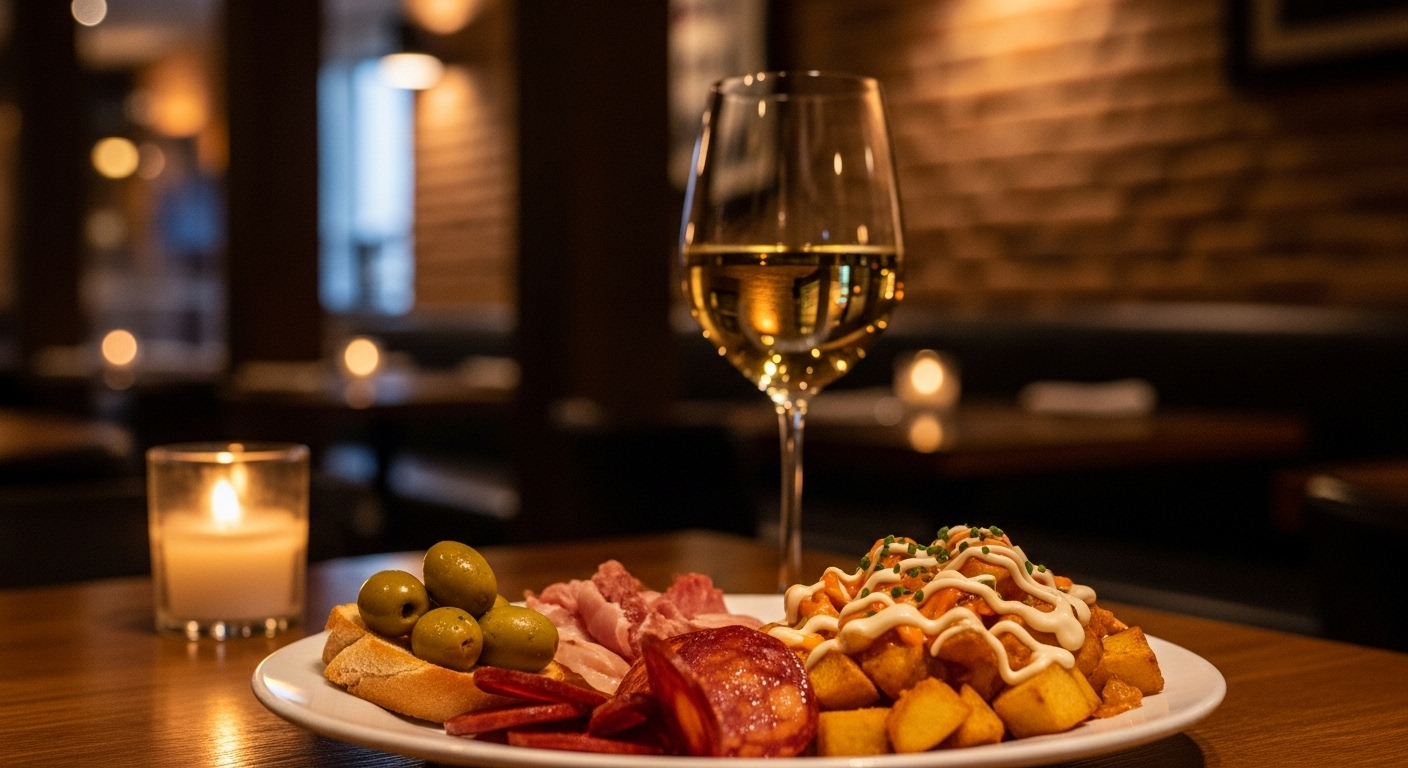The Delectable Art of Spanish Tapas: An In-depth Exploration
Spanish cuisine, marked by its vibrant flavors and rich culinary heritage, offers a delicious way to explore the country's diverse regions, traditions, and ingredients. One of the standout stars of this cuisine is the iconic tapas. These bite-sized delights are more than just food; they represent the Spanish way of life, emphasizing shared experiences and conviviality. Let's dive into the world of tapas, exploring all that it has to offer from its history, variations, to the latest trends and innovations.

A Brief History of Tapas
The history of tapas is steeped in Spanish tradition, with various tales of their origin. One story suggests that tapas were originally slices of bread or ham used by drinkers to cover their drinks and keep flies away. Over time, these edible ‘covers’ or ‘tapas’ evolved into a vast array of delicious small dishes. Today, tapas are a cultural icon, a symbol of Spain’s love for good food and warm camaraderie.
Variations Across Spain
Tapas vary greatly across Spain, reflecting the country’s regional diversity. In Seville, you may find “solomillo al whisky,” pork in a whisky sauce, while in Granada, free tapas are often served with every drink. In Basque country, tapas take the form of “pintxos,” skewered delicacies often served atop bread. Understanding these variations gives a glimpse of the regional ingredients and culinary influences that shape Spanish cuisine.
The Art of Making Tapas
Crafting tapas is an art form, balancing flavors and textures in bite-sized portions. Classic tapas like “patatas bravas,” “albondigas,” and “gambas al ajillo” offer a taste of traditional Spanish flavors. Yet, there’s room for creativity, with chefs putting a modern twist on these classics, experimenting with ingredients and presentation to offer a fresh take on tapas.
-
“Paella tapas” with saffron-infused rice, a miniature version of the iconic dish.
-
“Chorizo-stuffed dates,” a sweet and savory delight.
-
“Gazpacho shooters,” a refreshing sip of the classic cold soup.
Tapas: Beyond Spain
The popularity of tapas has transcended beyond Spain, influencing dining habits globally. Tapas-style dining, where meals are shared, and a variety of dishes are savored, is growing in popularity. It encourages experimentation, offering diners an opportunity to taste a range of dishes and flavors in a single meal.
The Future of Tapas
Innovation continues in the world of tapas, with chefs pushing boundaries, experimenting with flavors, ingredients, and presentation. From incorporating global ingredients to creating vegetarian or vegan versions, the tapas scene is constantly evolving. The future of tapas is set to be as diverse and exciting as its history.
Tips, Tricks, and Tidbits
-
Making tapas at home can be a fun and creative culinary project. Start with simple recipes and gradually explore more complex ones.
-
Tapas are best enjoyed with a group. The shared experience of trying different dishes enhances the dining experience.
-
Pair your tapas with Spanish wines or sherries for an authentic experience. Different tapas pair well with different types of wines, so don’t be afraid to experiment.
In conclusion, the world of tapas offers a delightful culinary journey, full of rich flavors, diverse ingredients, and innovative creations. Eating tapas is not just about satisfying your taste buds, but also about experiencing the Spanish culture and way of life. Whether you’re sampling tapas in a bustling Spanish “taberna” or preparing them in your kitchen, tapas provide a unique, shared dining experience that brings people together over good food and conversation. So, the next time you’re thinking of trying something new, why not embark on a tapas adventure?




